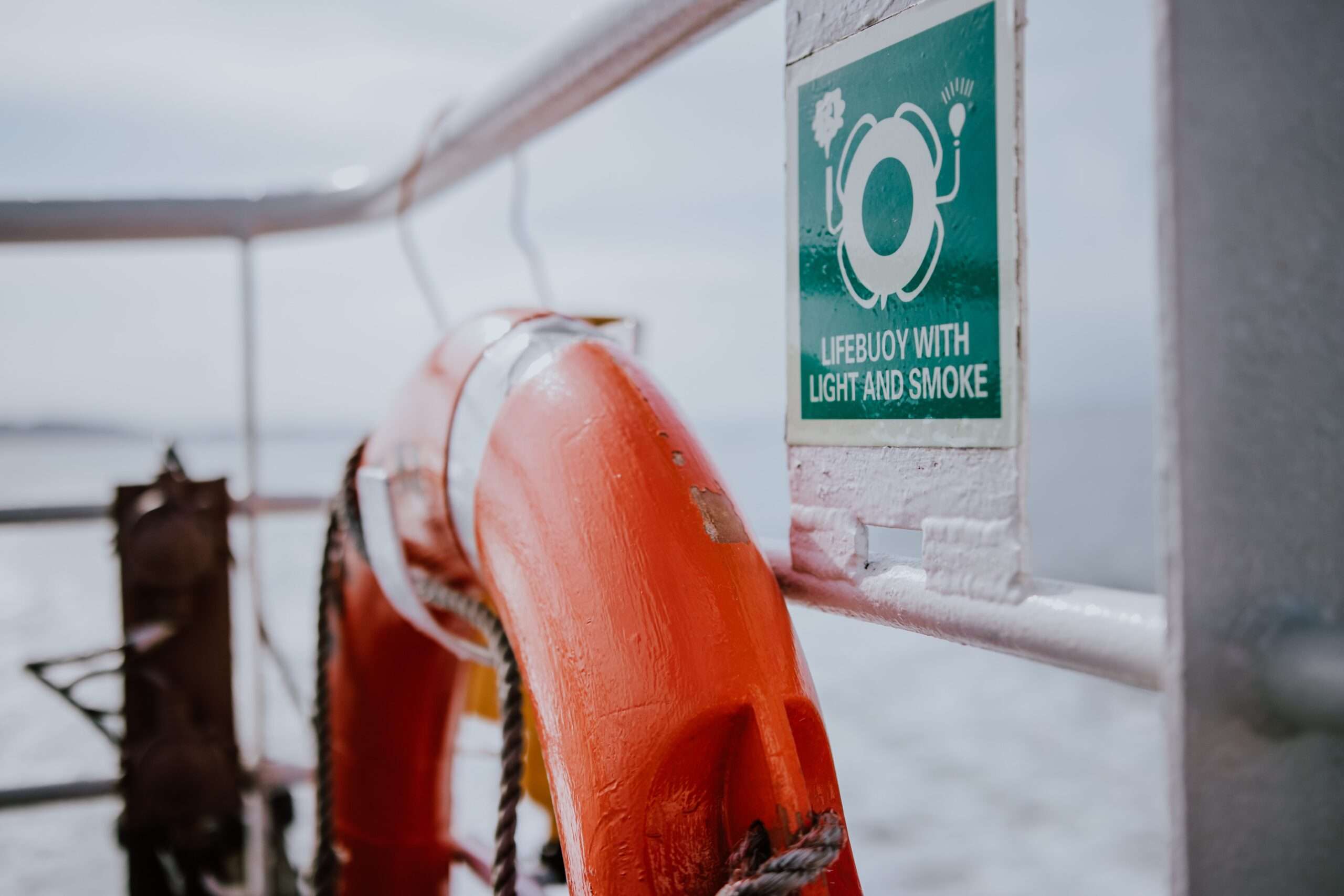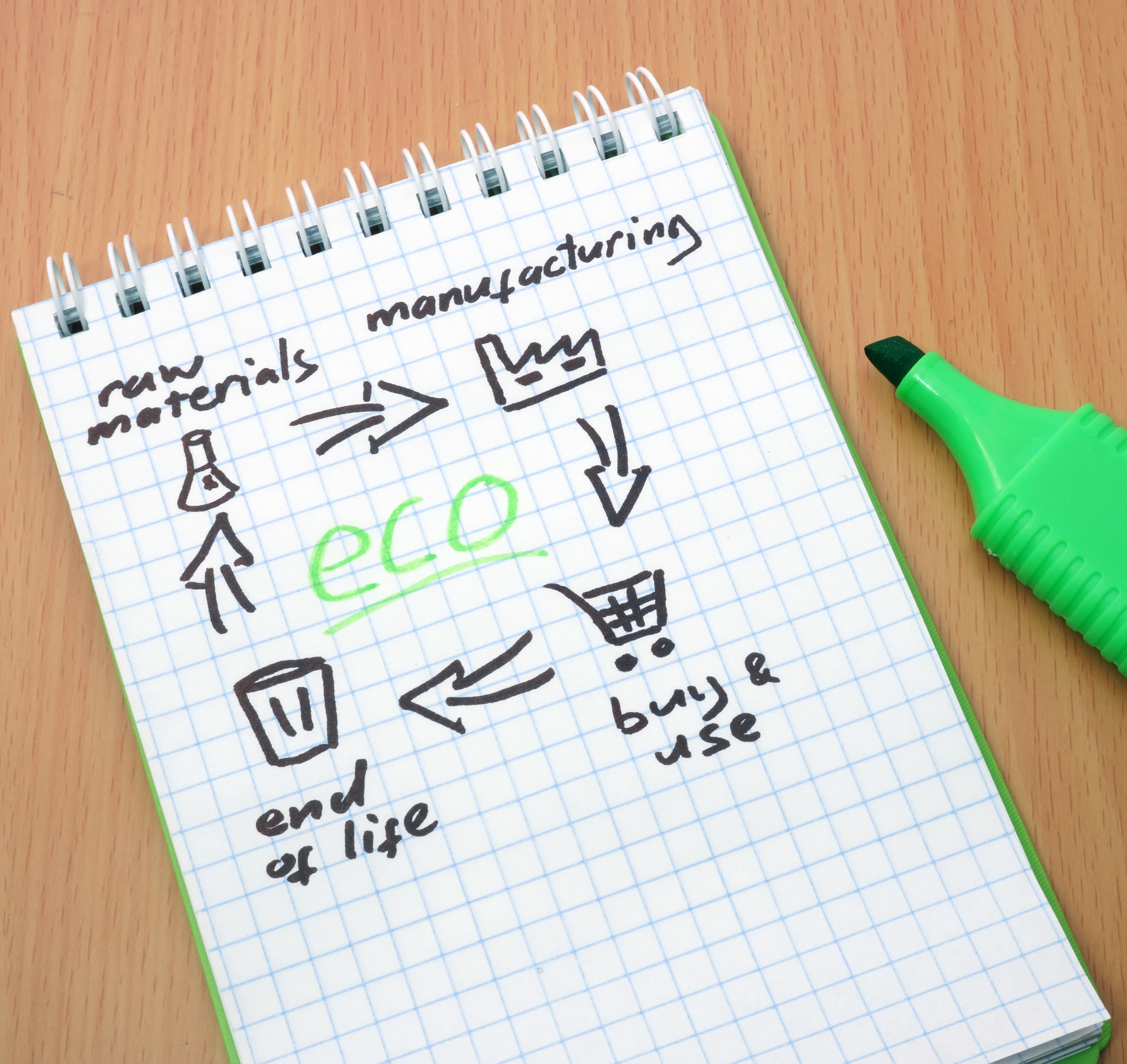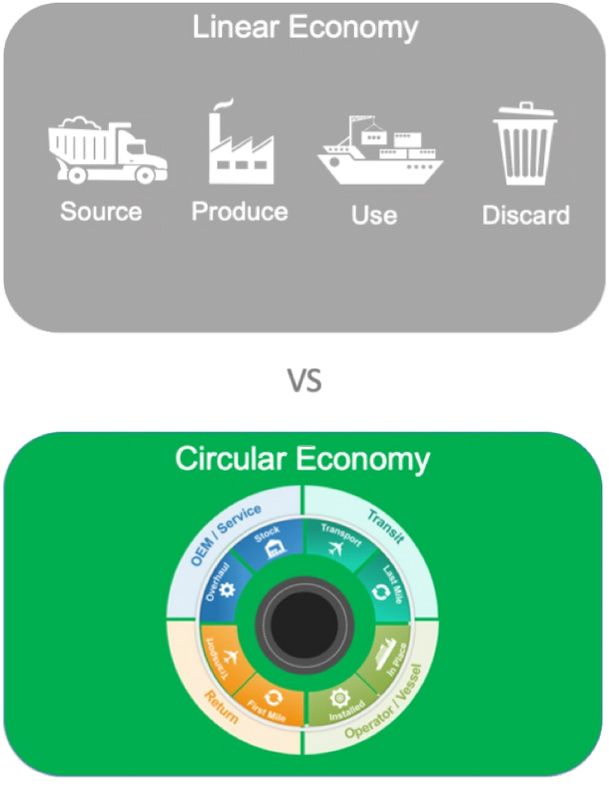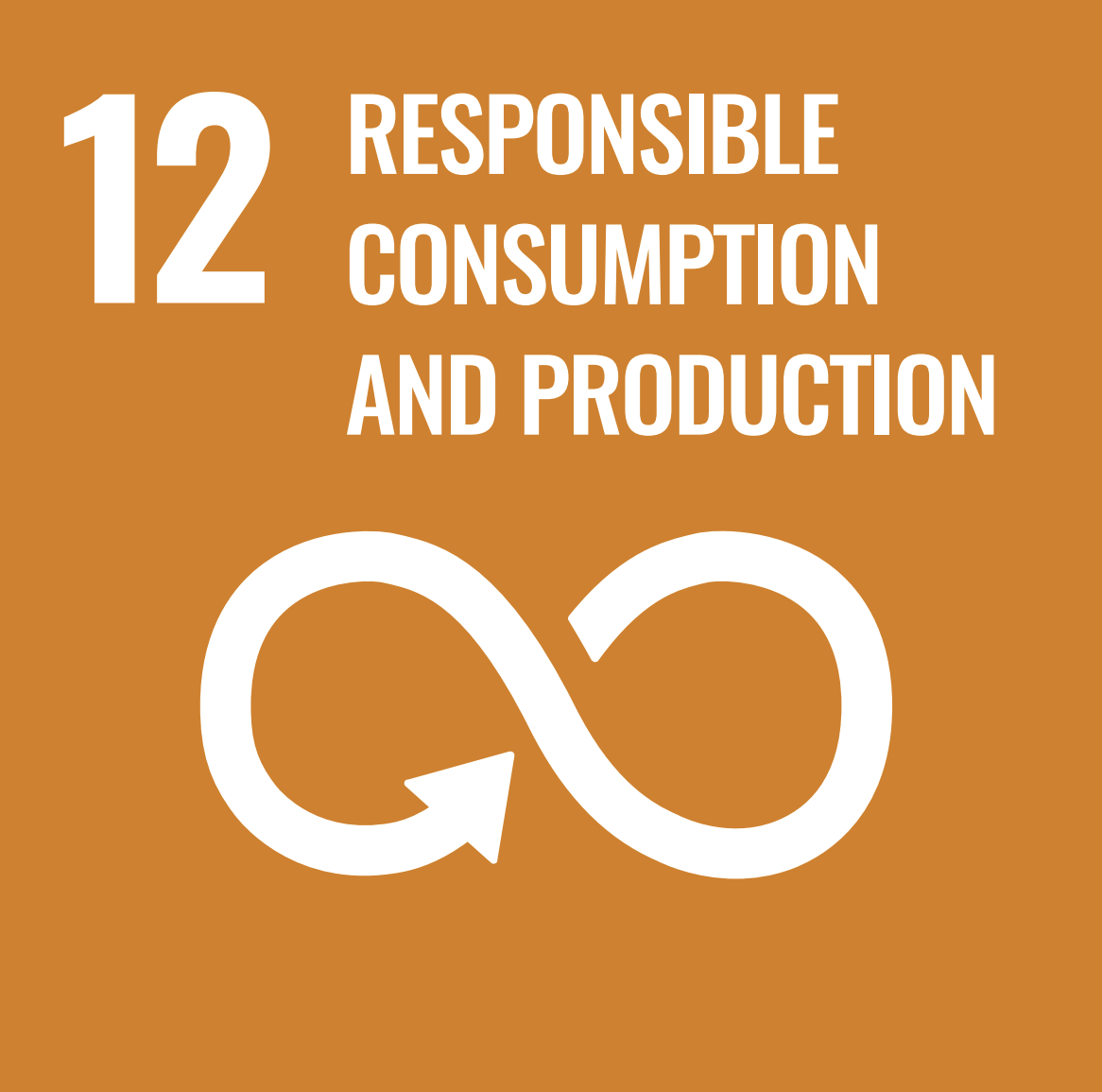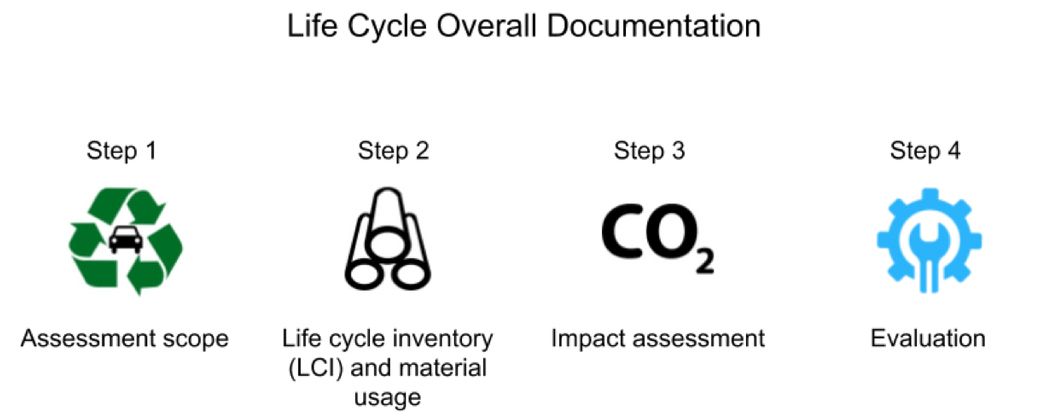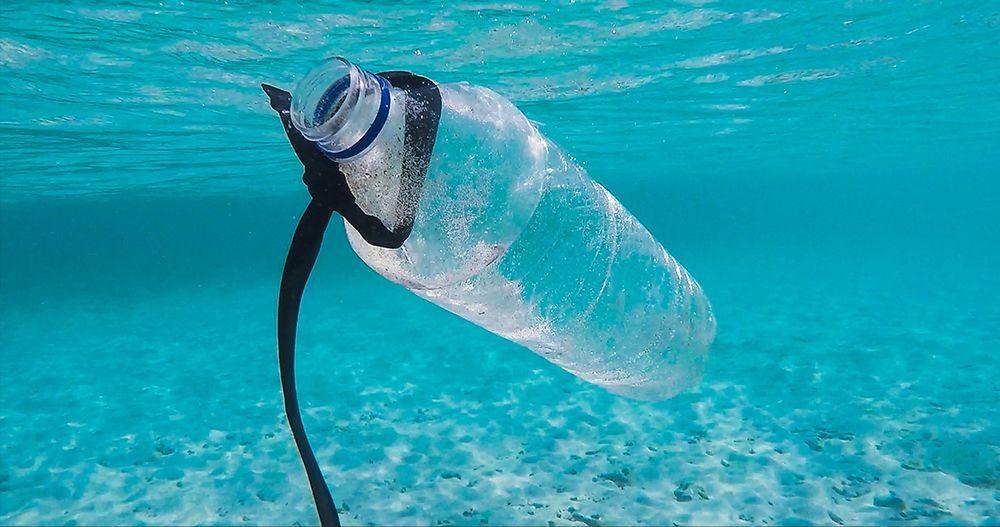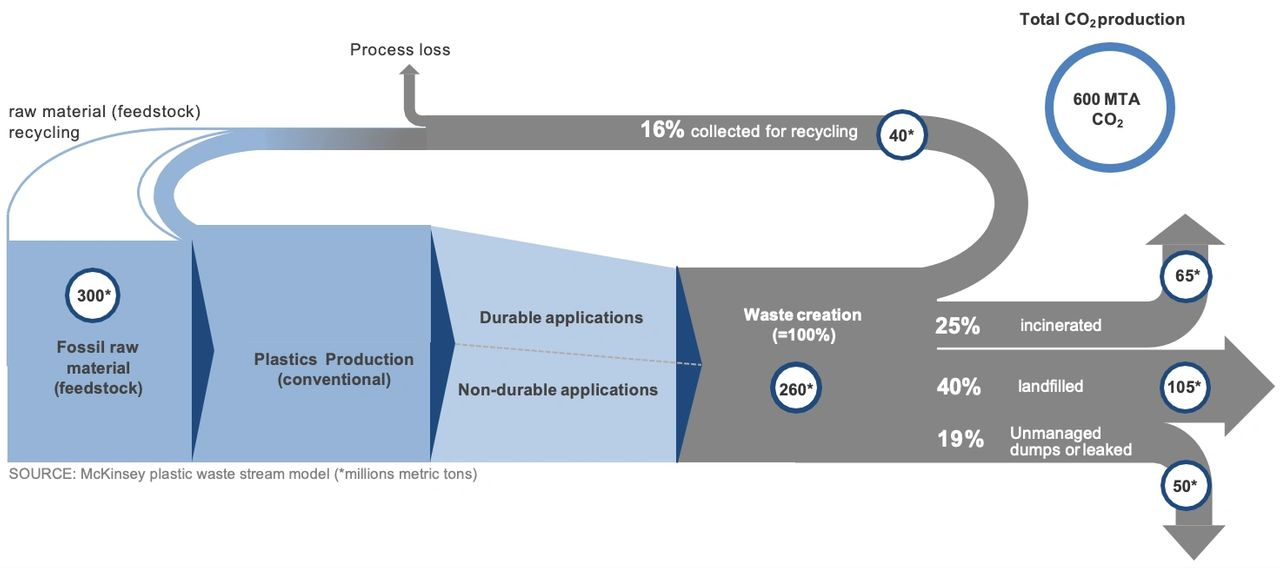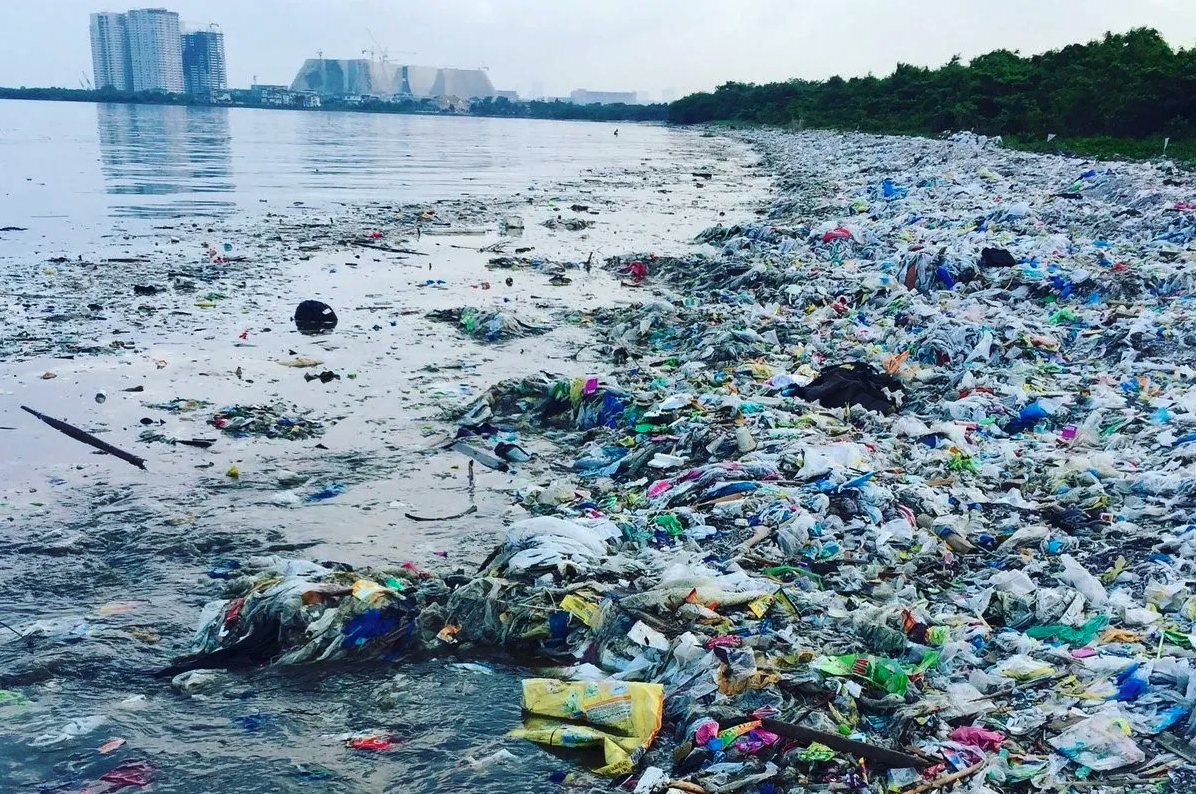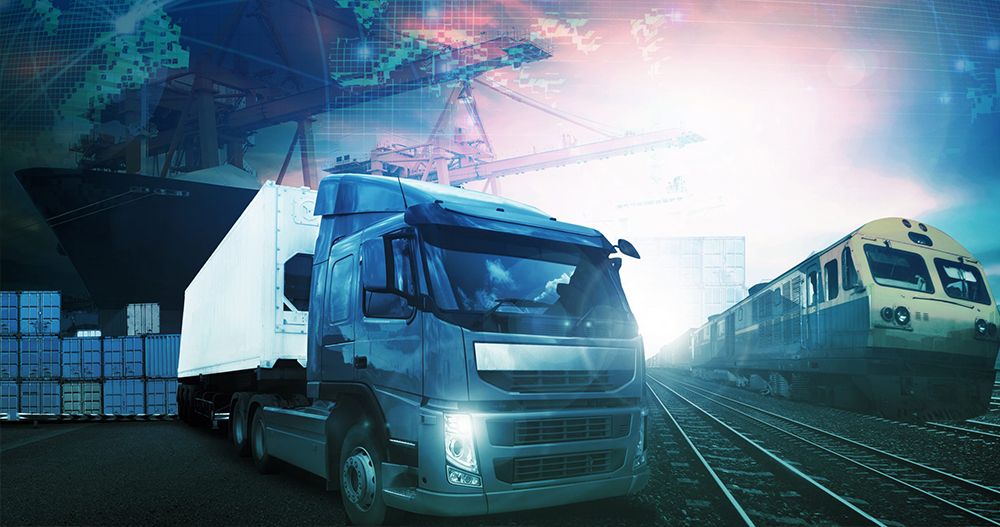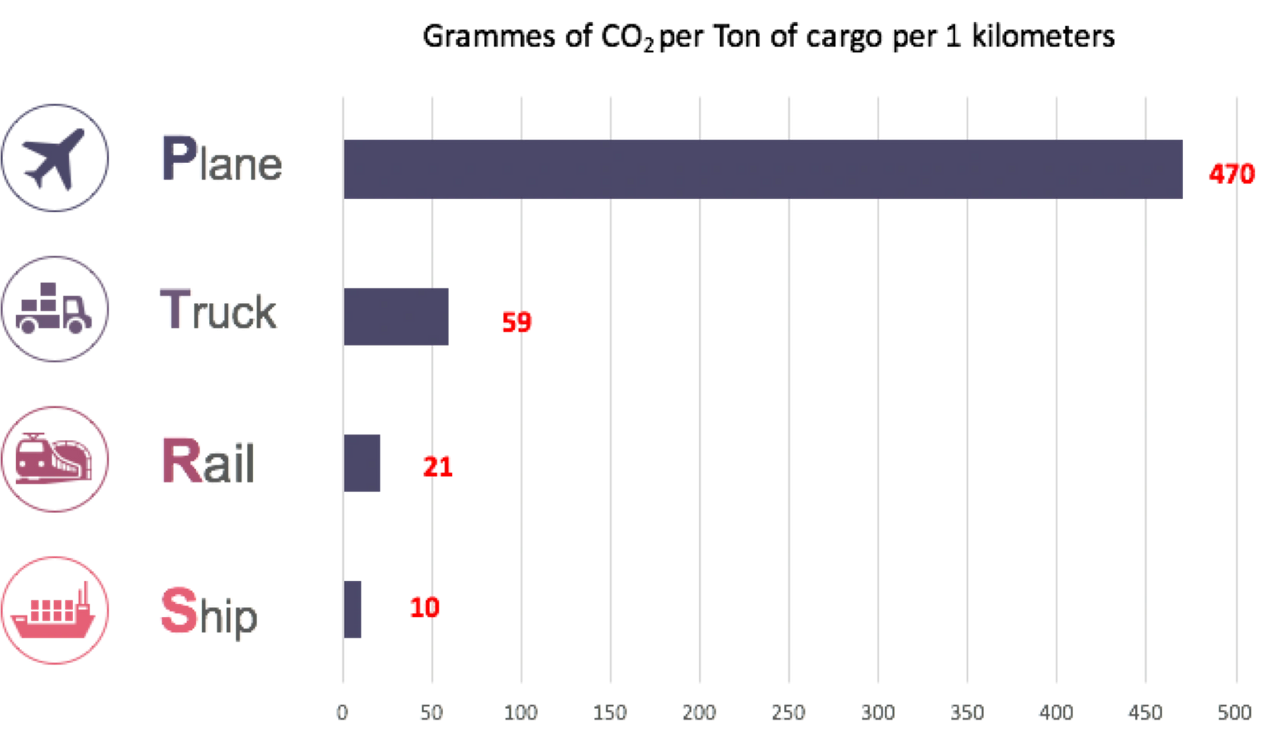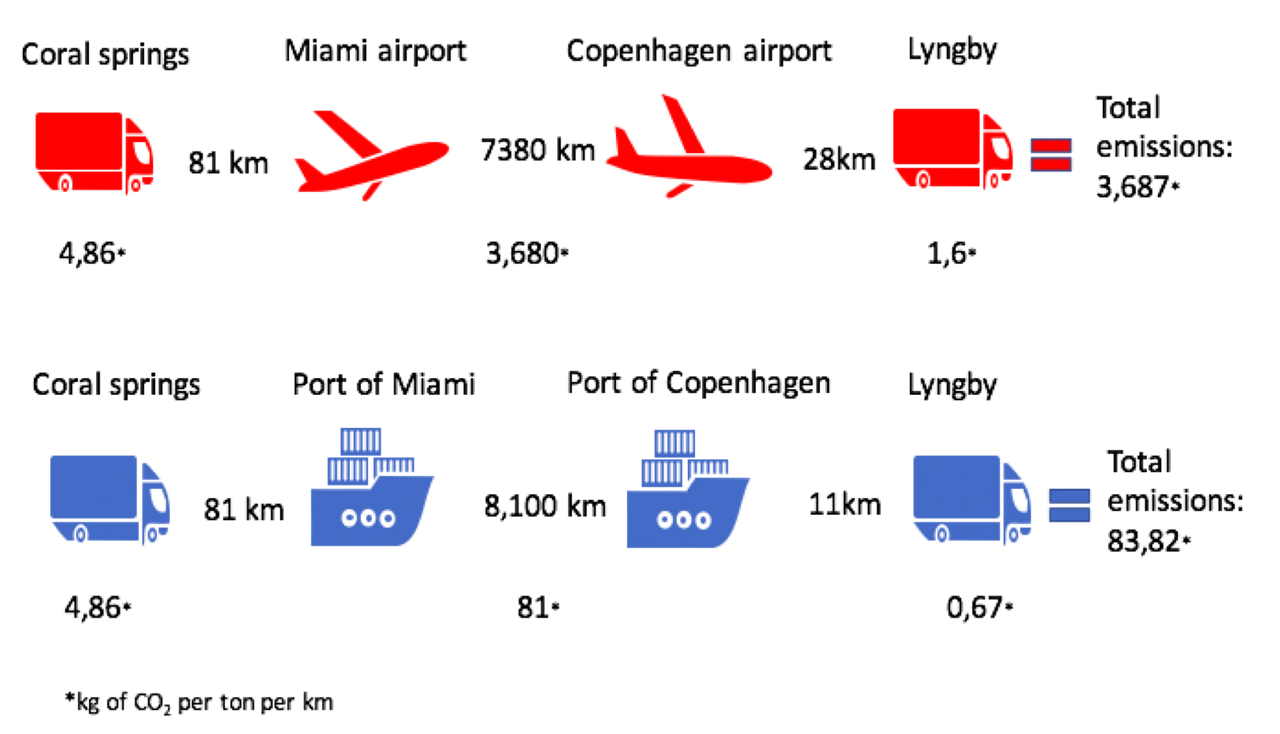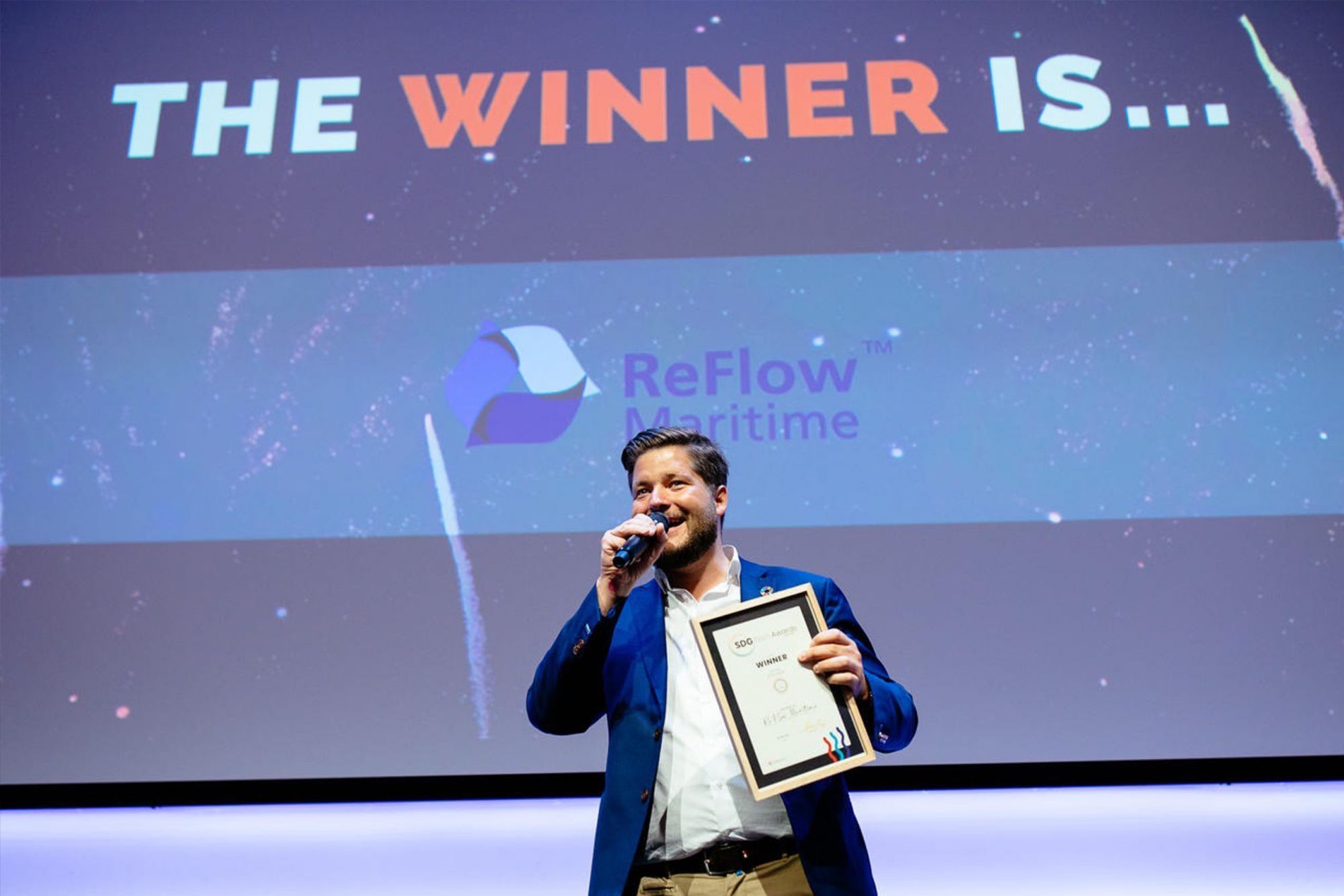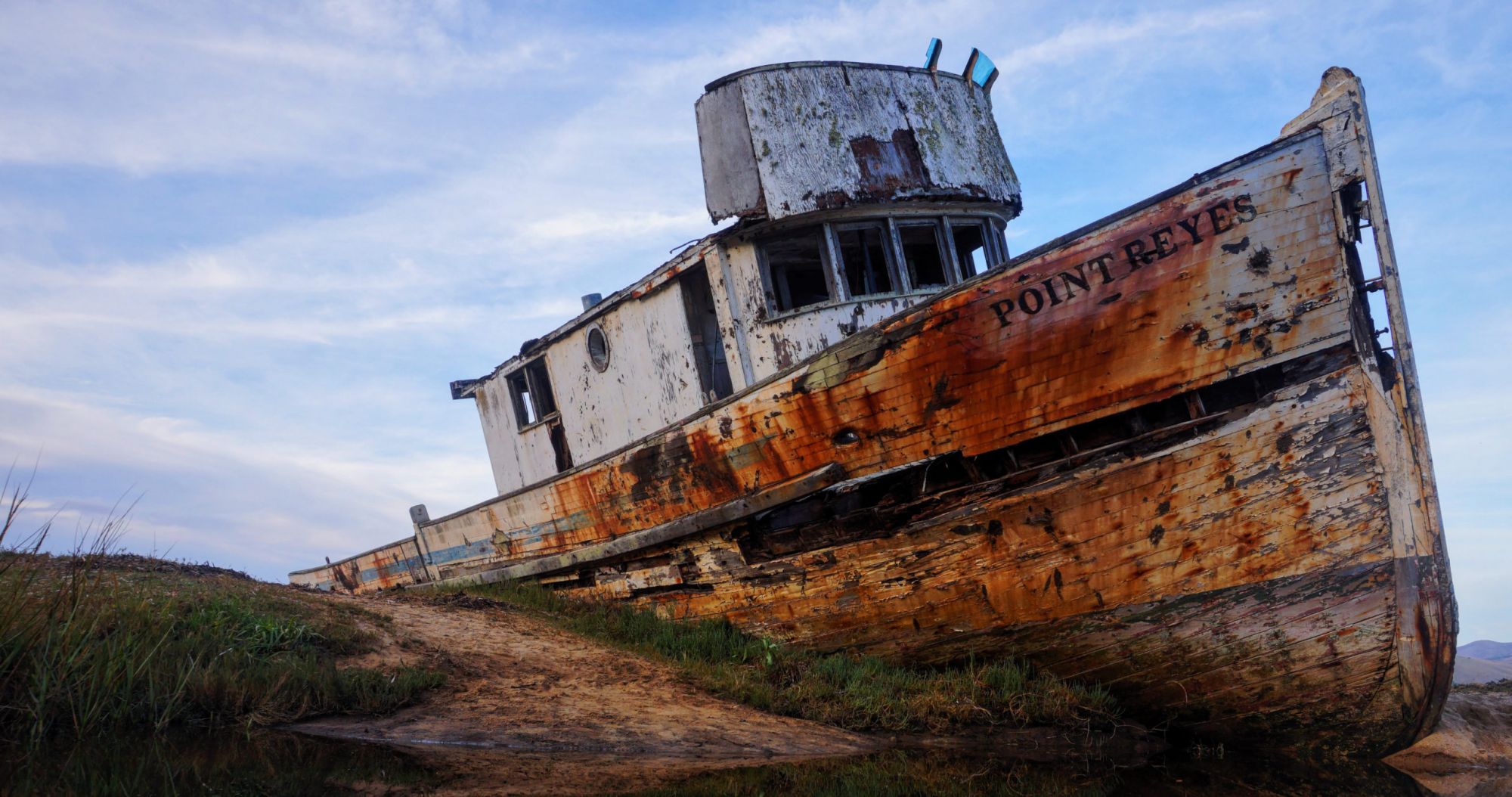Life Cycle Assessment (LCA) and product carbon footprint reporting are essential tools for organizations looking to measure and reduce their environmental impact. However, the validity and reliability of these reports are critical to their effectiveness. To ensure transparency and accuracy, third-party verification is essential.
News: Collaboration with ReFlow enables digital decarbonization at VIKING Life-Saving Equipment
ReFlow is featured i VIKING’s newest sustainabvility report as key digital decarbonization collaborator. For VIKING sustainability isn’t just buzzword. They have ambitious net zero goals and are transparent about how they plan to reach them. The role ReFlow have had in their digital decarbonization is highlighted in their newest sustainability report.
What does the new EU directive mean for you?
A new EU directive (CSRD) will tighten the reporting requirement on emissions for companies
News: Vald. Birn – Partnership with renowned foundry
One of Europe’s largest foundry groups has chosen ReFlow as decarbonization partner
SDG 12: Ensure Sustainable Consumption and Production Patterns
WE ARE EXCITED TO ANNOUNCE that we have joined forces with Renotronic on a pilot project to test electronic equipment as part of circular maintenance setup on the ReFlow Platform.


